SUMMARY
This is AI generated summarization, which may have errors. For context, always refer to the full article.
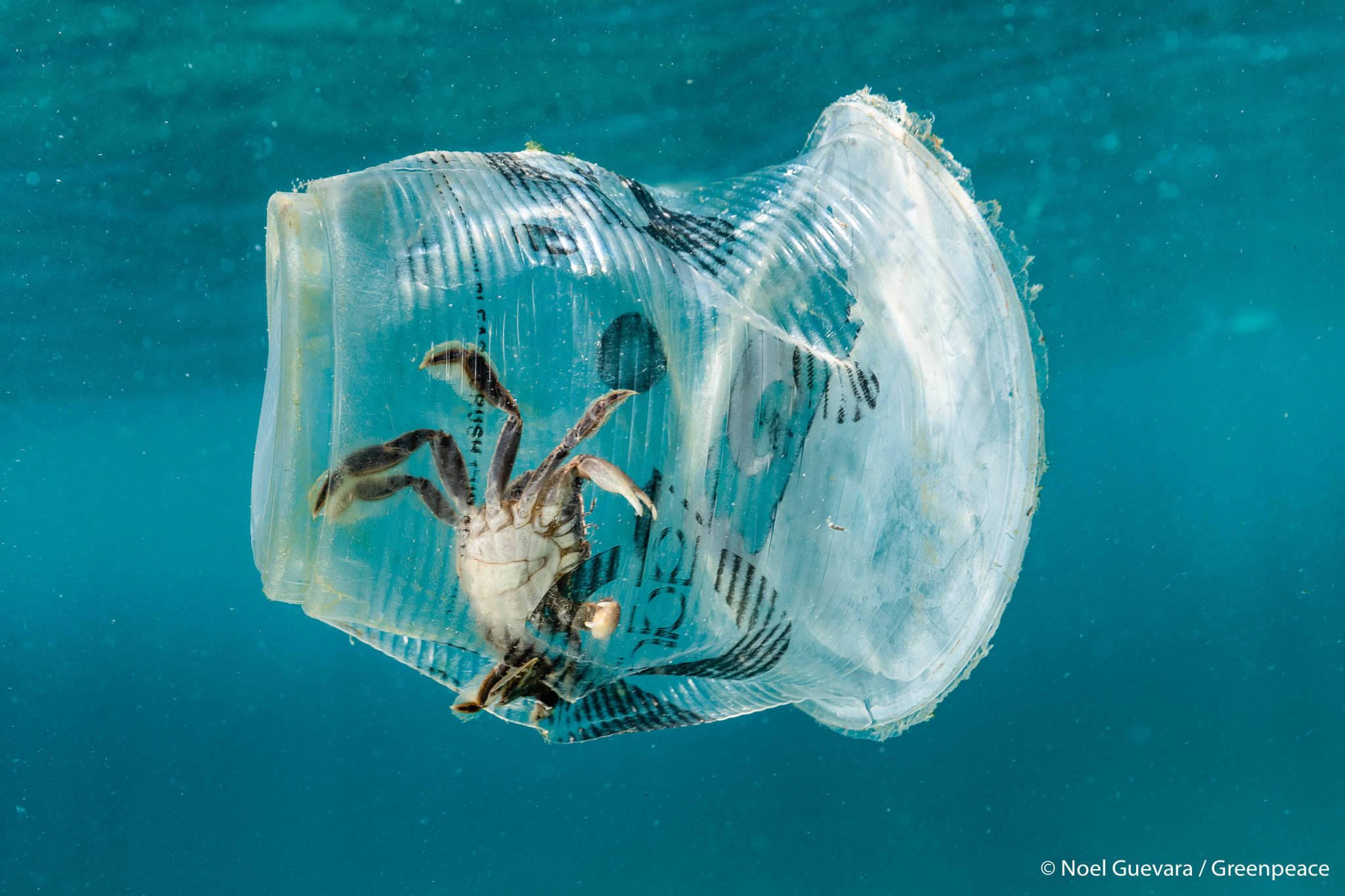
MANILA, Philippines – “It’s as real as it gets and sadly, not out of the ordinary.”
A Facebook post of Noel Guevara, a conservation and wildlife photographer and director, went viral and caught the attention of international publications. He shared a photo of a crab inside a floating single-use plastic cup along the Verde Island Passage on Tuesday, March 12.
“The crab most likely made the cup its home on the seabed, and then the current propelled the cup upwards to the surface,” Guevara said.
Many asked him if he saved the crab after, but he said he couldn’t as he only had limited air supply. He said the crab was safer inside the cup until it reaches the shore then comes out onto the sand after.
In an interview with Rappler, Guevara shared that during their deployment in the Ship it Back tour for the plastics campaign of Greenpeace Philippines, they encountered several sachets of toothpaste, shampoo, coffee, and food seasoning; disposable diapers, sanitary napkins; and generic plastic bags that polluted the area.
According to a report released on March 8, Filipinos consume nearly 60 billion sachets, 17 billion shopping bags, and 16.5 million “labo” bags on a yearly basis. Produced by NGO Global Alliance for Incinerator Alternatives (GAIA), the report is part of an effort to collect data on plastic consumption as environmentalists push for government action to reduce plastic waste. (READ: Philippine survey shows ‘shocking’ plastic waste)
‘Call them out’
While it’s easy to “put the blame on the consumers,” Guevara said that the public should look at the bigger picture of the plastic problem.
“We’d like to see these companies (P&G, Nestle, Unilever, Coca-cola, and Colgate-Palmolive) made accountable and develop alternative delivery systems that go beyond current products and even consider a refilling system over a throw-away model,” Guevara added.
“I use my photos primarily to start dialogues with relevant stakeholders of issue by sharing them on social media,” he said.
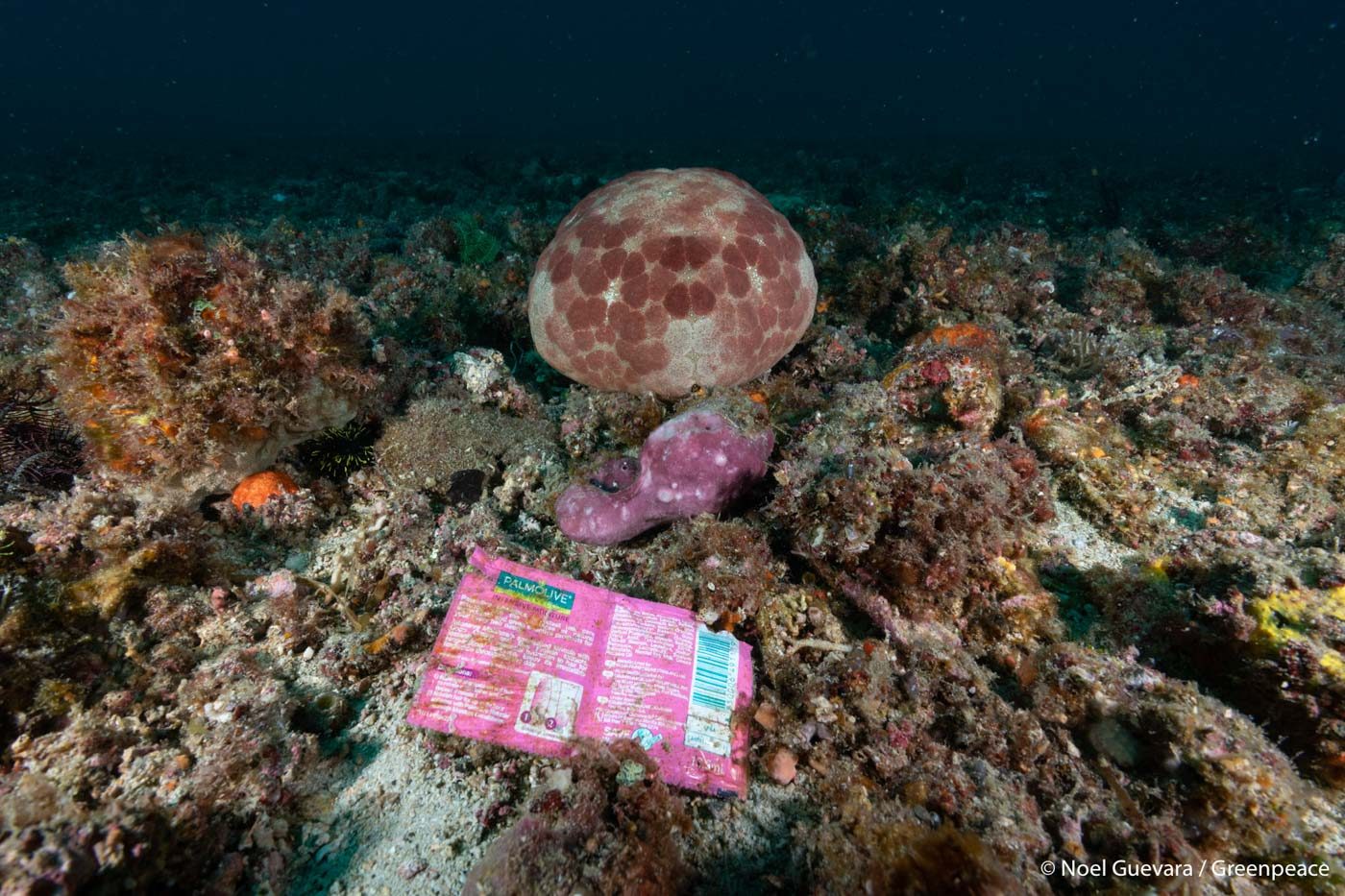
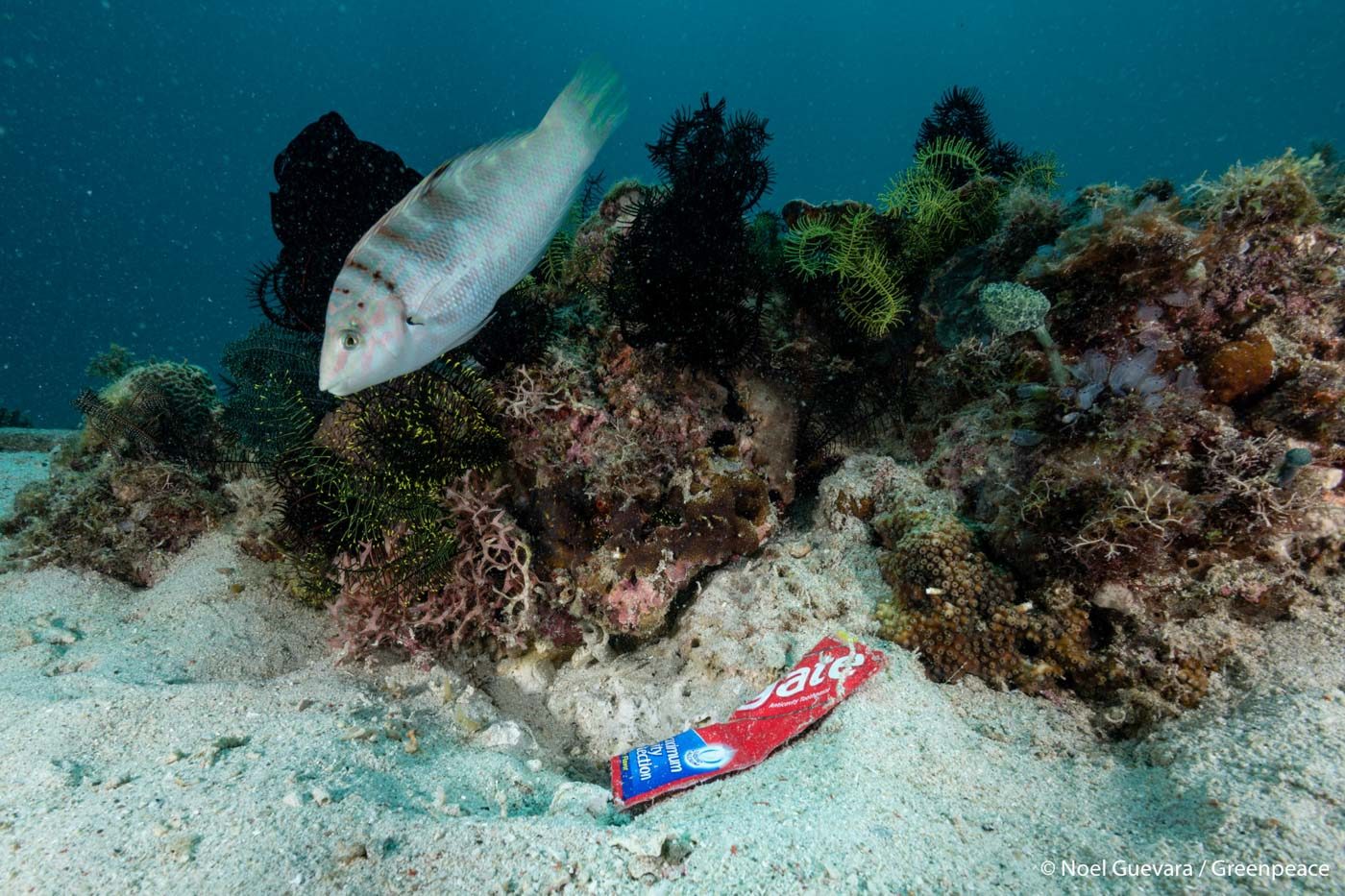
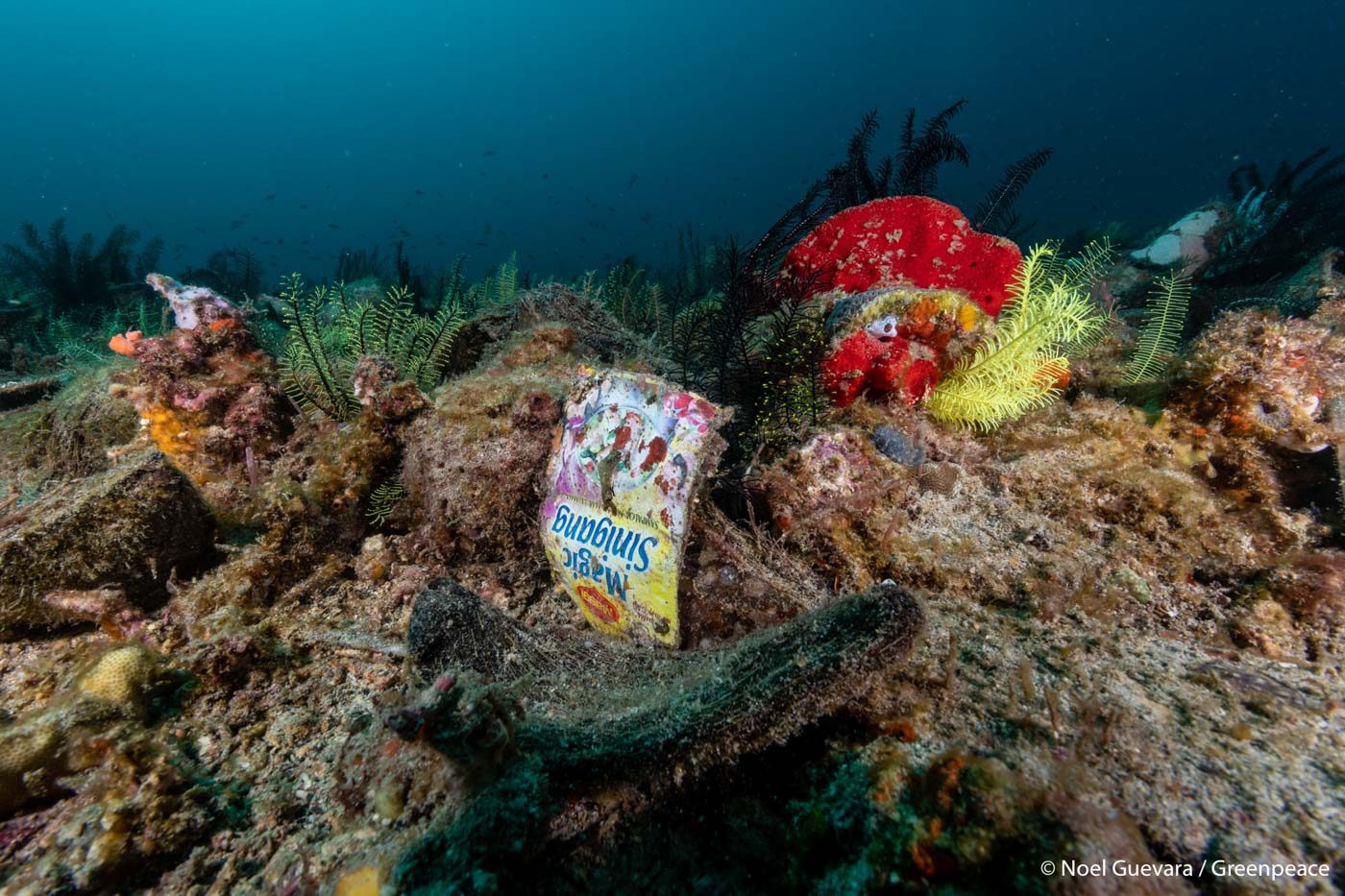
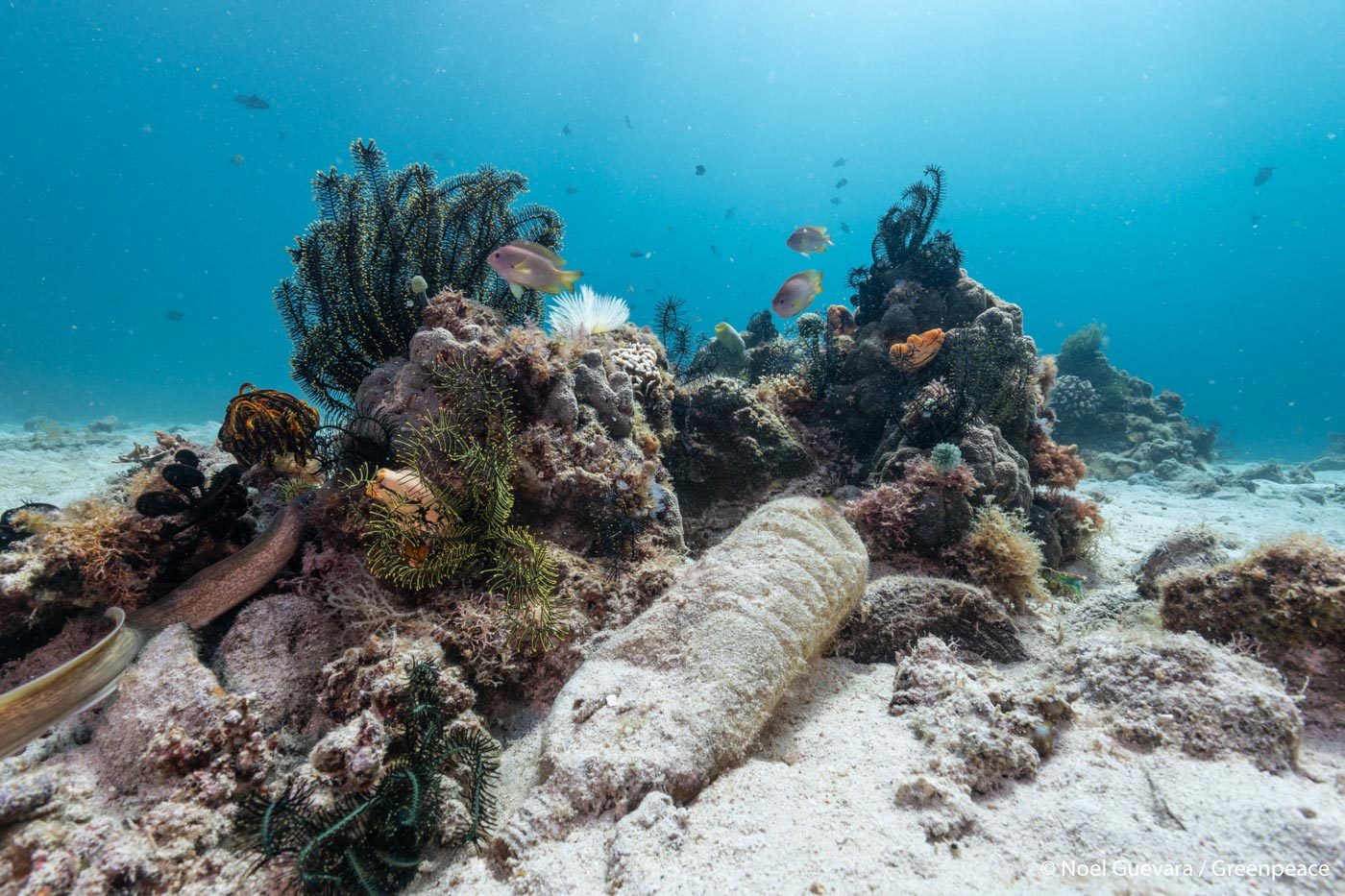
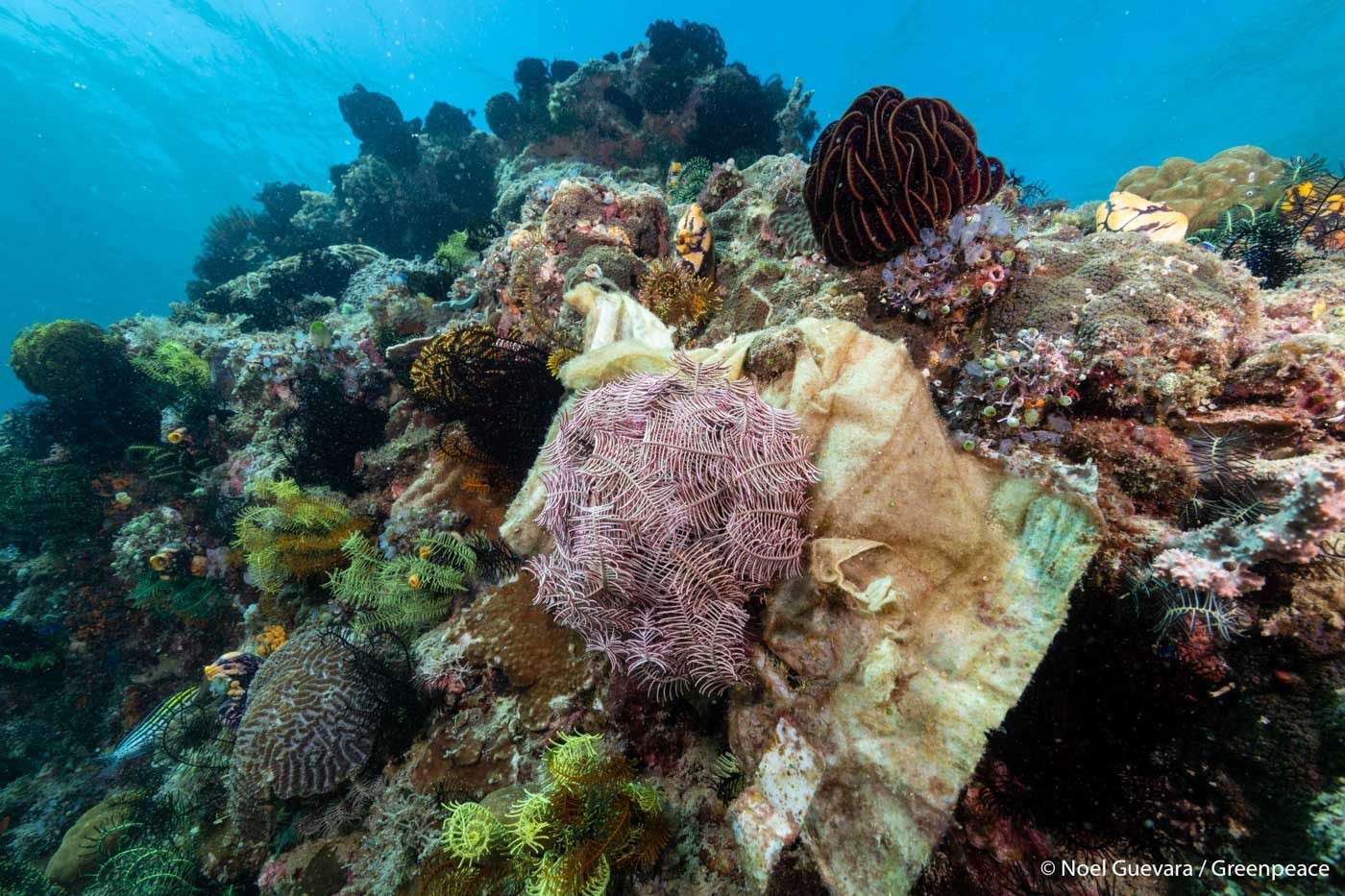
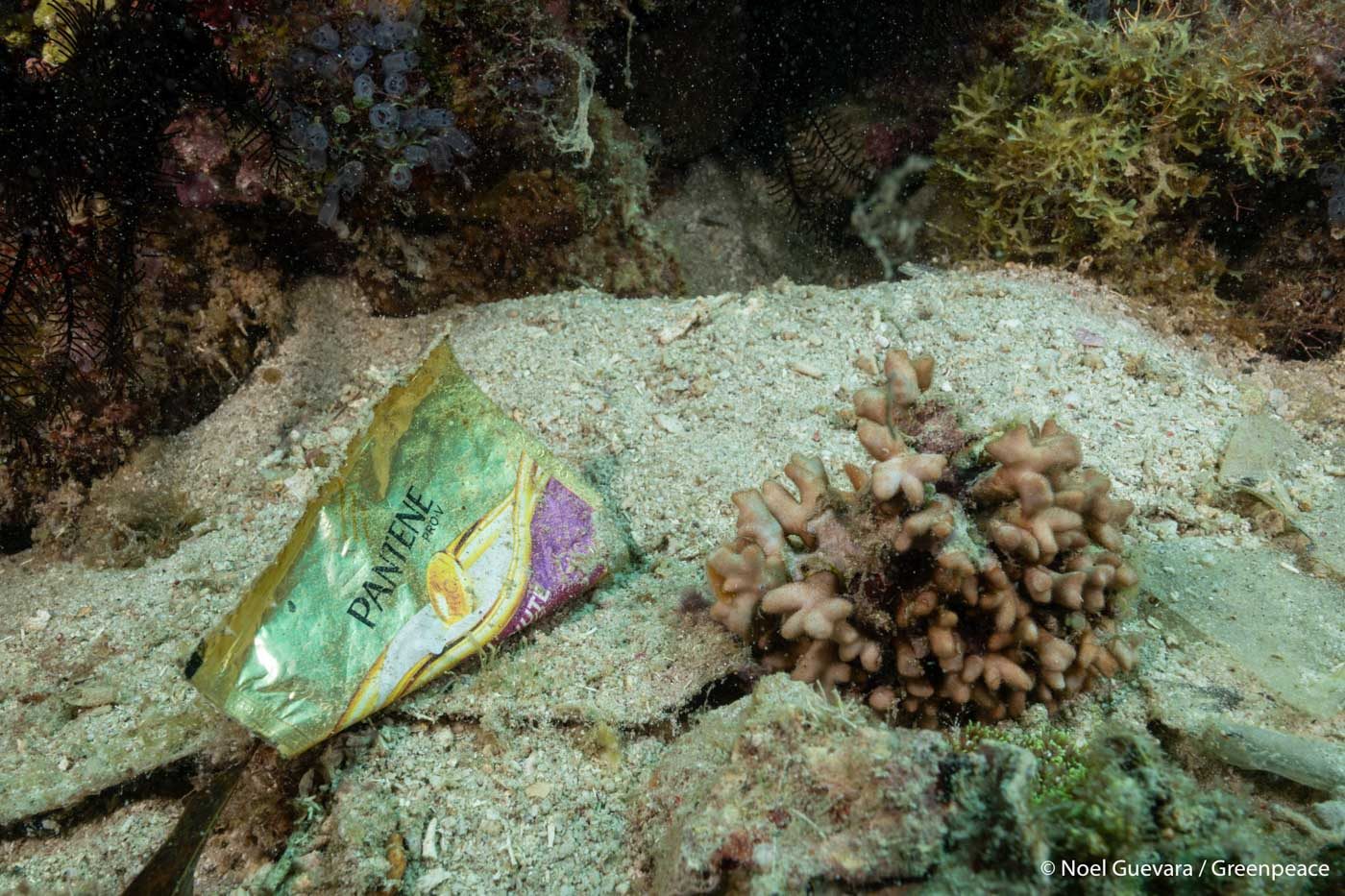
With the combined actions and efforts of NGOs and environment advocates to raise more awareness on plastic pollution, Guevara urged Filipinos to “make yourself heard by signing Greenpeace’s petition that calls out this companies to stop producing single-use plastic.”– Rappler.com
Isabel Lupac is a Rappler intern, and a 4th year AB Communications student from De La Salle Lipa
Add a comment
How does this make you feel?
There are no comments yet. Add your comment to start the conversation.